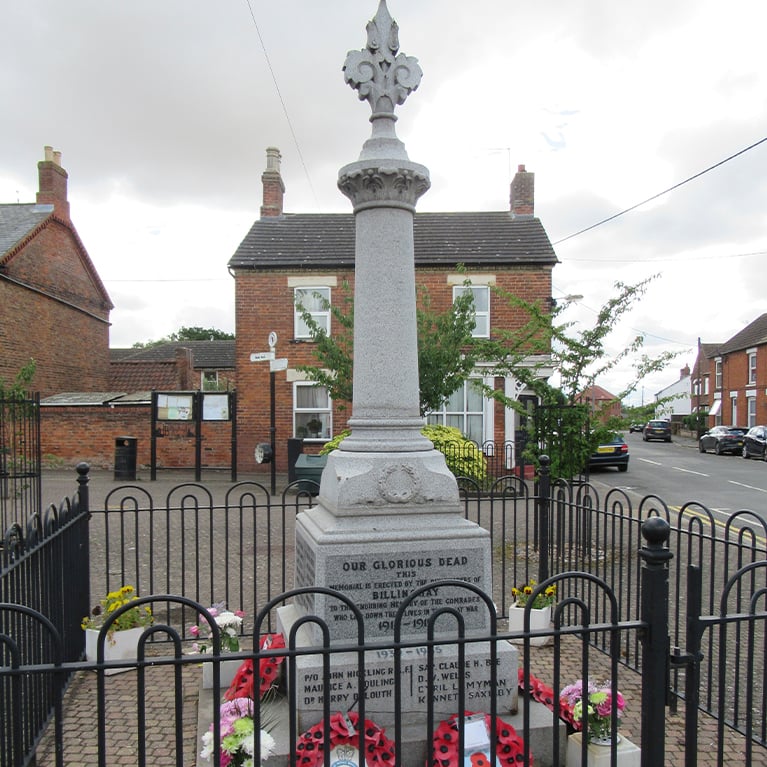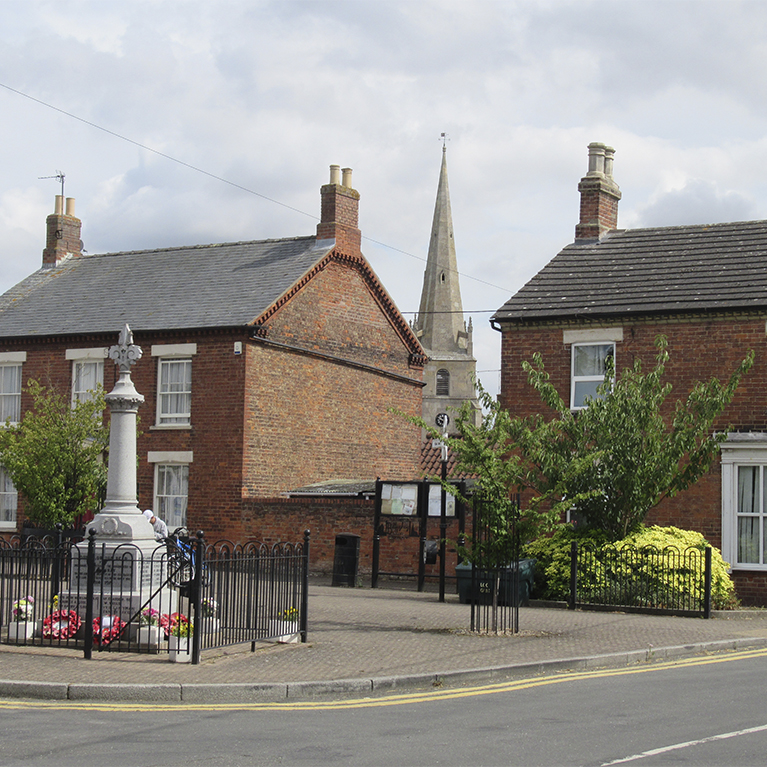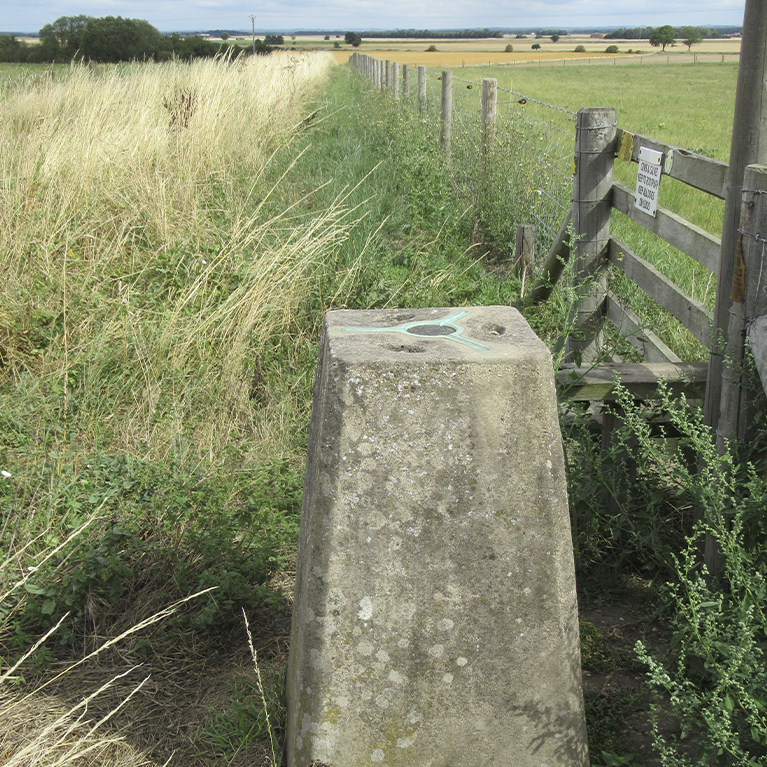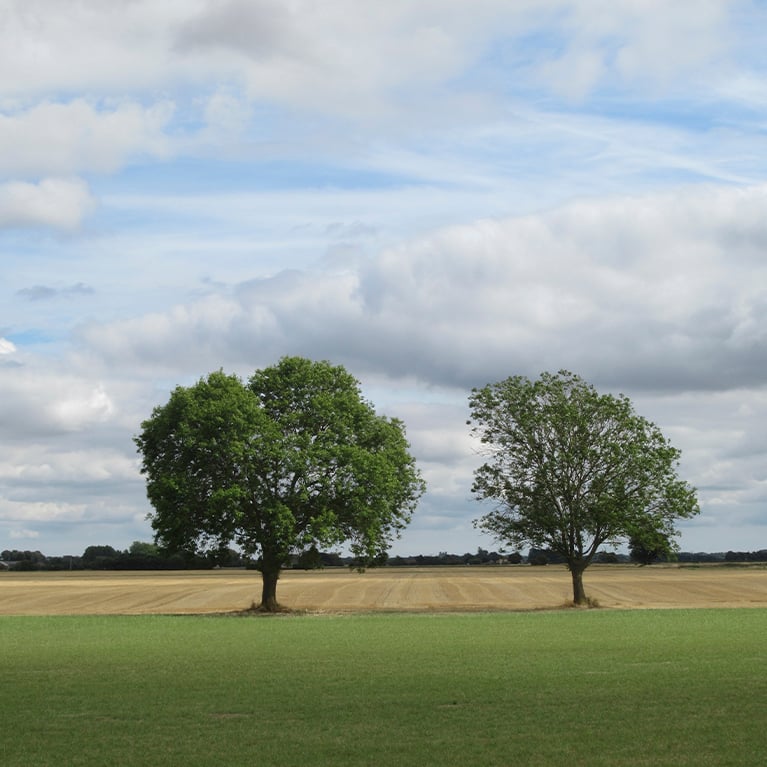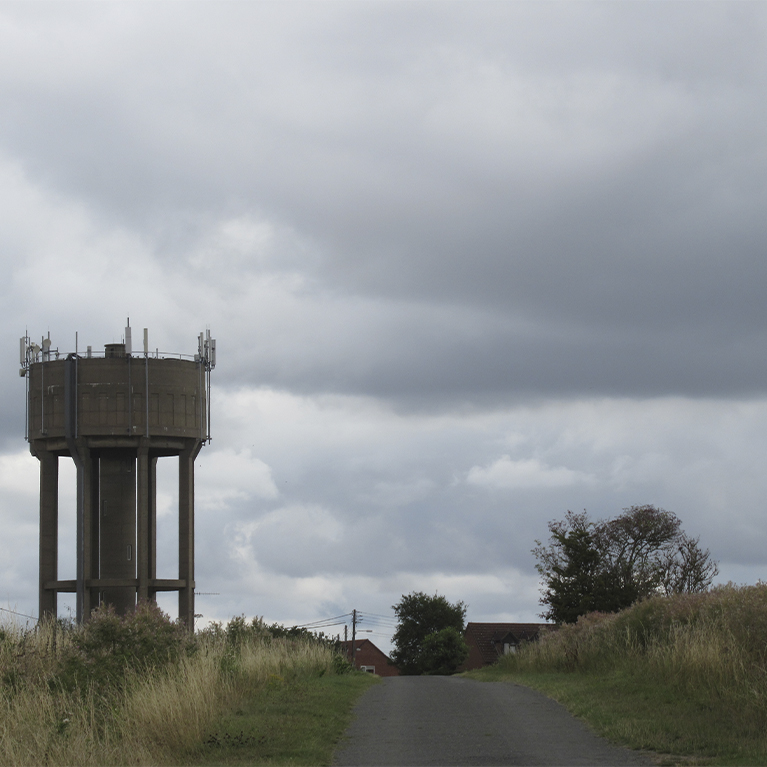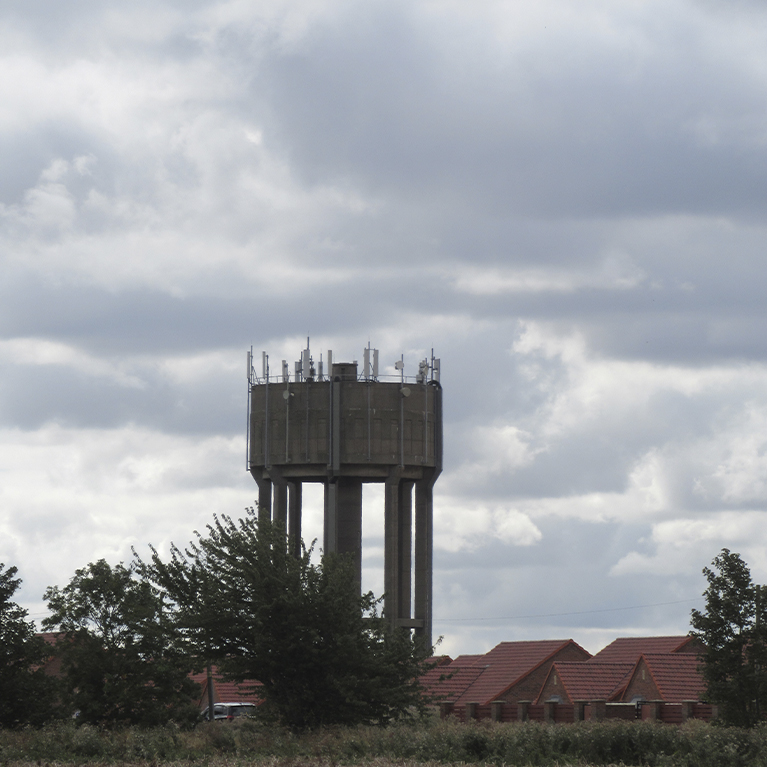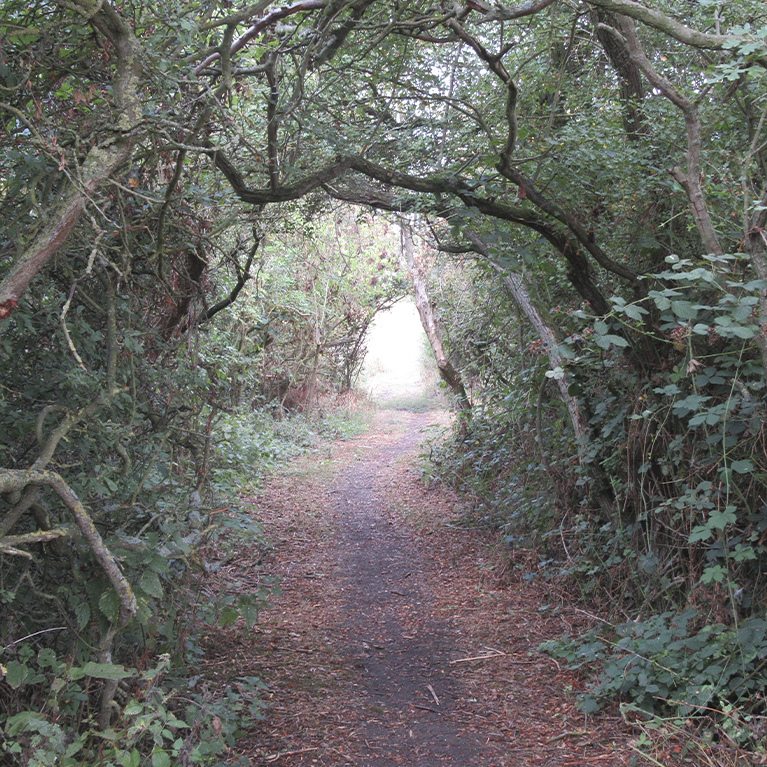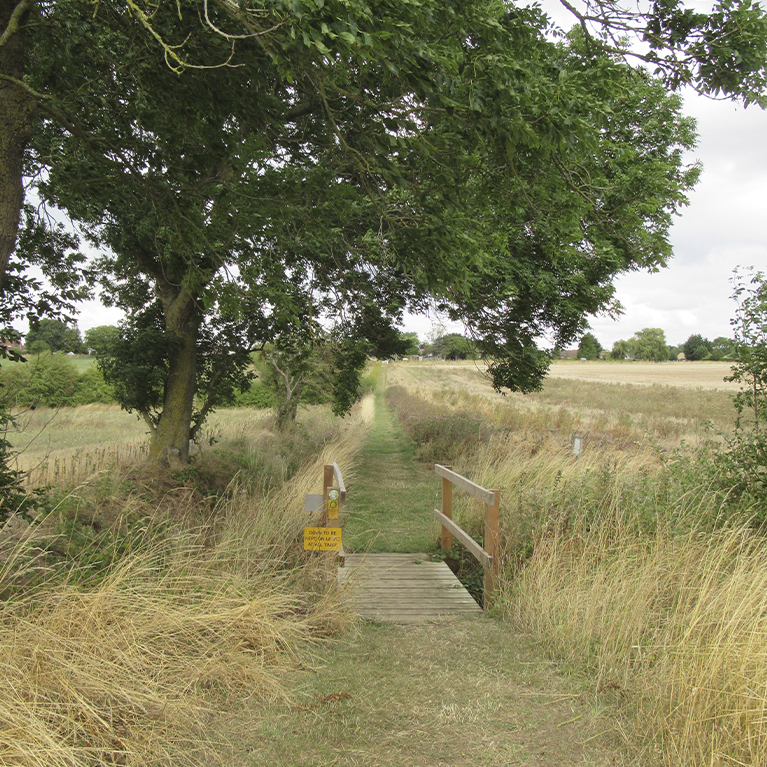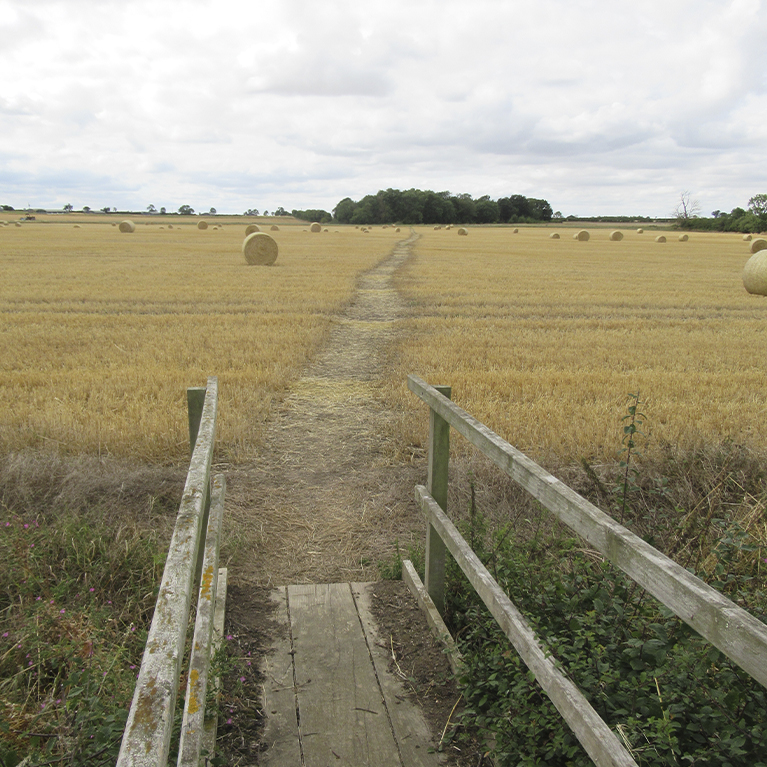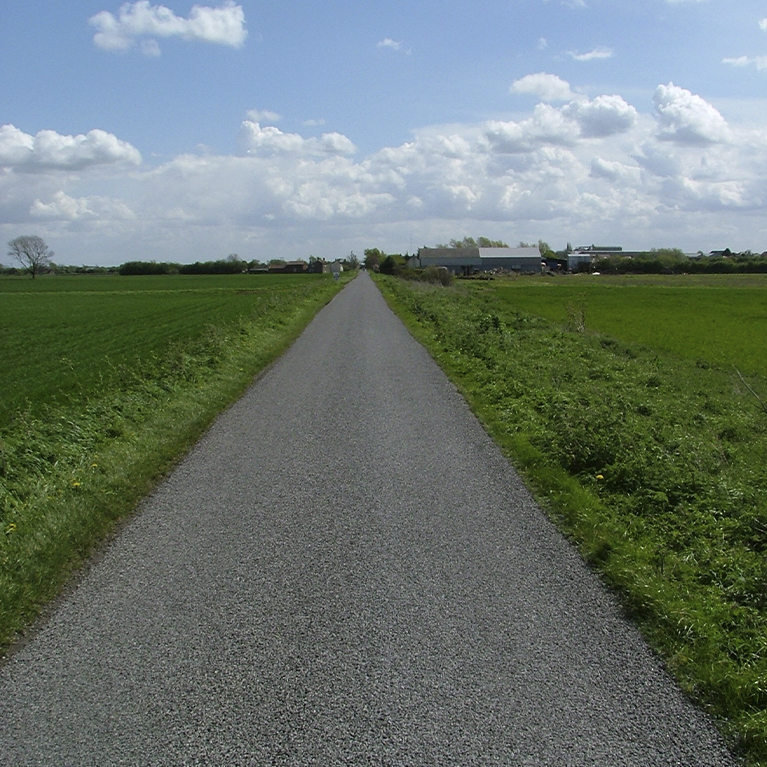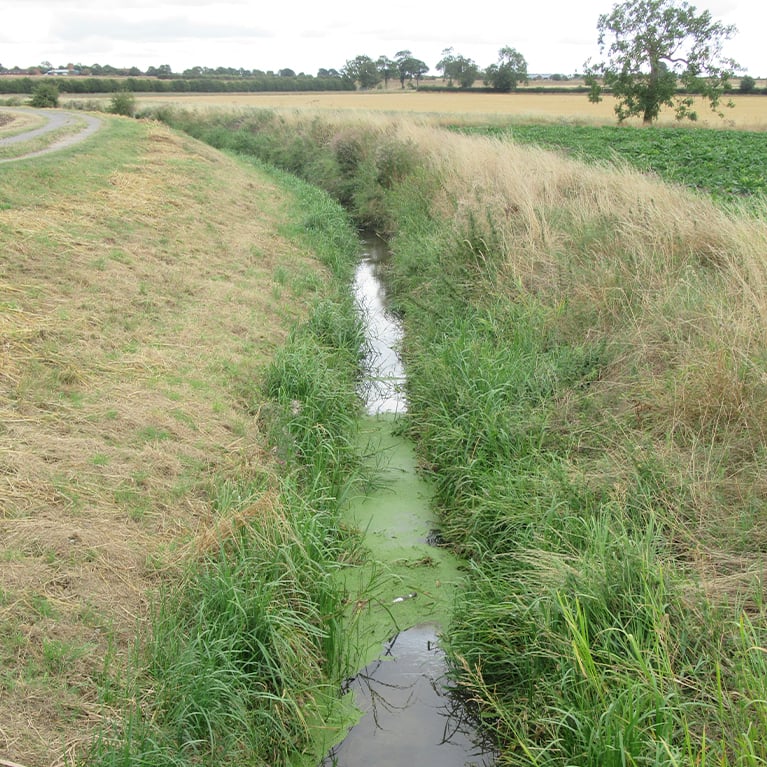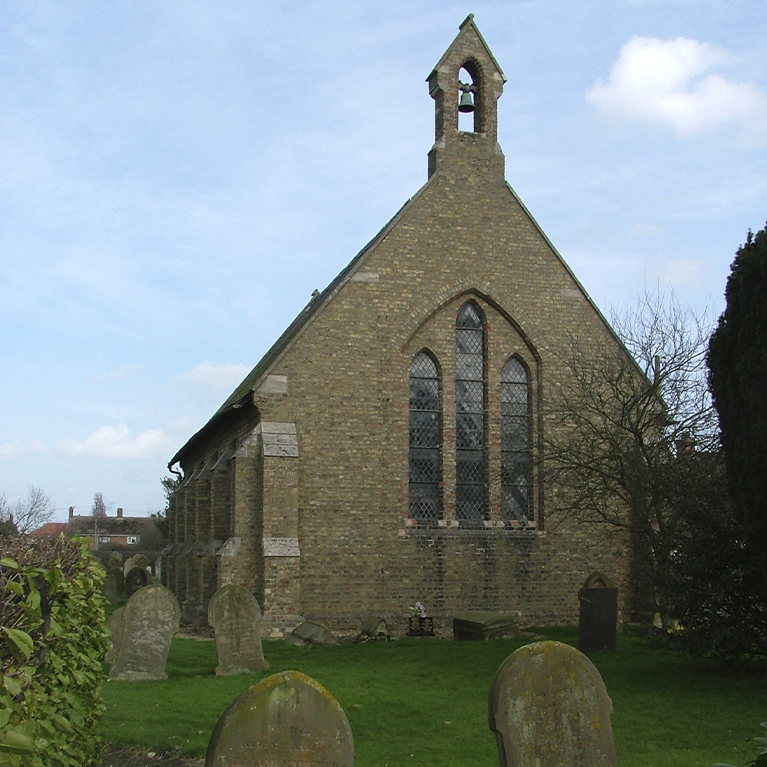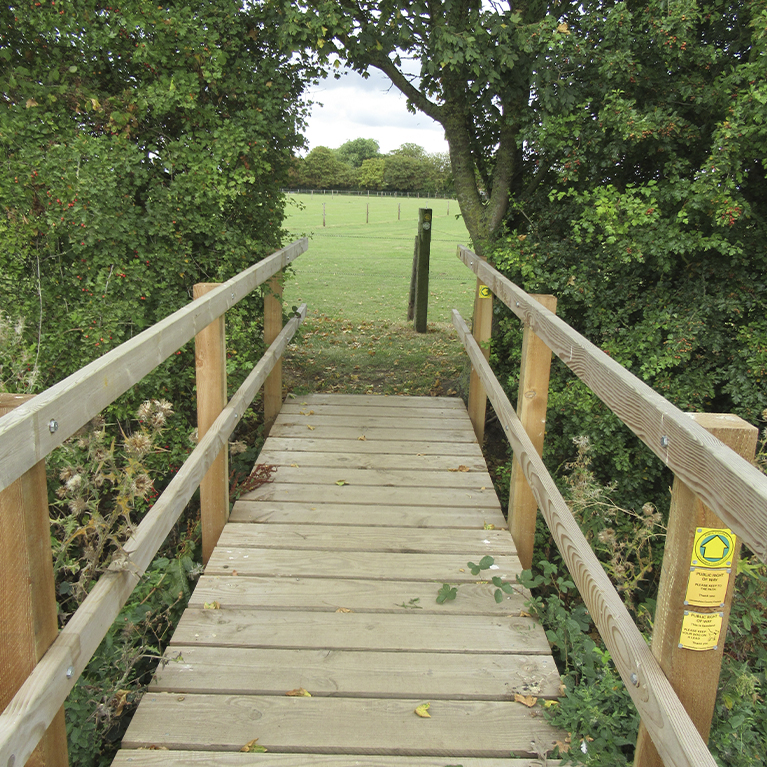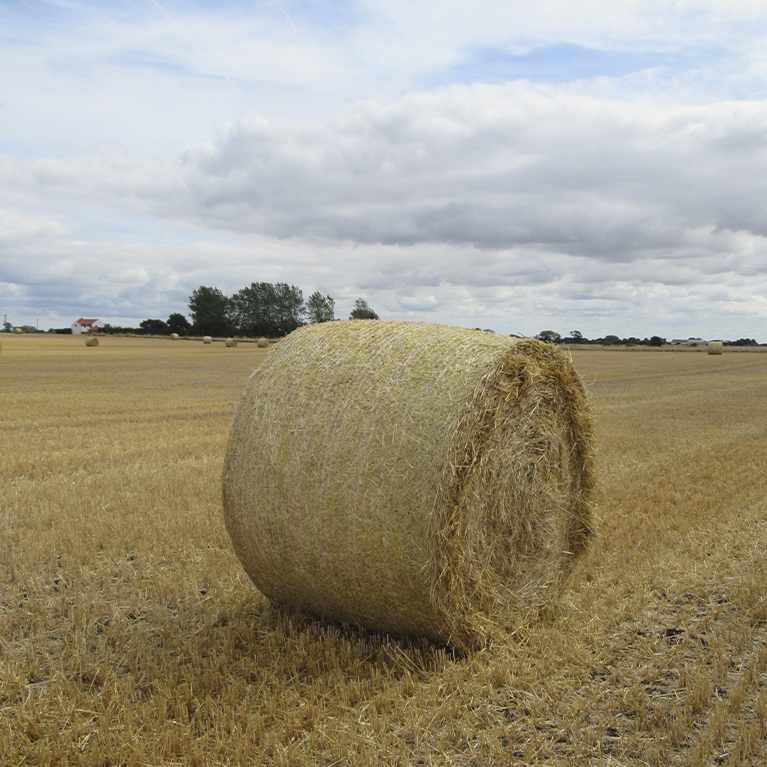(8.85km)
45 mins
Walking
Billinghay Walk Two
Billinghay
These walks are set in the farmland surrounding the villages of Billinghay and Walcott, with far reaching views across The Fens and to The Wolds on the north-eastern skyline.
The villages sit on a ridge of sand and gravel that originally rose above the surrounding marshes and Fens. Before the draining of the Fens in the 17th and 18th centuries the villages would have been surrounded by water in the winter months as the Fens and marshes flooded. A rich living was maintained through grazing of livestock in the summer months on the flood pasture and from the abundance of fish and wildfowl. Pheasants and Lapwings are just two of the birds you might see as you cross arable fields. The Lapwing is easily identified by its distinctive green-black, iridescent plumage and a long crest. Pheasants were introduced into this country from Asia in the Middle Ages for eating. The males are large and colourful and have a distinctive call when disturbed
Starting point:
War Memorial, Victoria Street, Billinghay. Grid ref: TF 155 549.
what3words.com
Linked to Public Transport
Refreshments
Dog Friendly
The War Memorial, in the centre of the village, was built on the site of the village water pump, a gathering place for villagers before mains water was introduced.
The trig point (between points 2 and 3) marks the highest point around at 13m (43 feet) above sea level, the land dropping away both to the north and south. The high ground in the distance on your right (north-east) is the Lincolnshire Wolds, designated an Area of Outstanding Natural Beauty (AONB) in 1973.
The hedges along this walk contain a number of different species including dog rose, hawthorn and blackthorn. The blackthorns’ thorny branches provide protection for many birds’ nests. The autumnal blue-black berries of the blackthorn, known as sloes, are used to make wine, jams and to flavour gin.
Elder can be easily identified by its thick, corky bark, its cream flowers which form large heads in the spring and its bunches of tiny black berries in the autumn. The flowers and berries are widely used in cordials, wines, jams and puddings and are rich in Vitamin C.
The Car Dyke runs 90 km (56 miles) between Peterborough and Lincoln, linking the river Nene and river Witham. It was built by the Romans around AD 125 and is the longest of the known Roman canals in England and an important feature in the Fens.
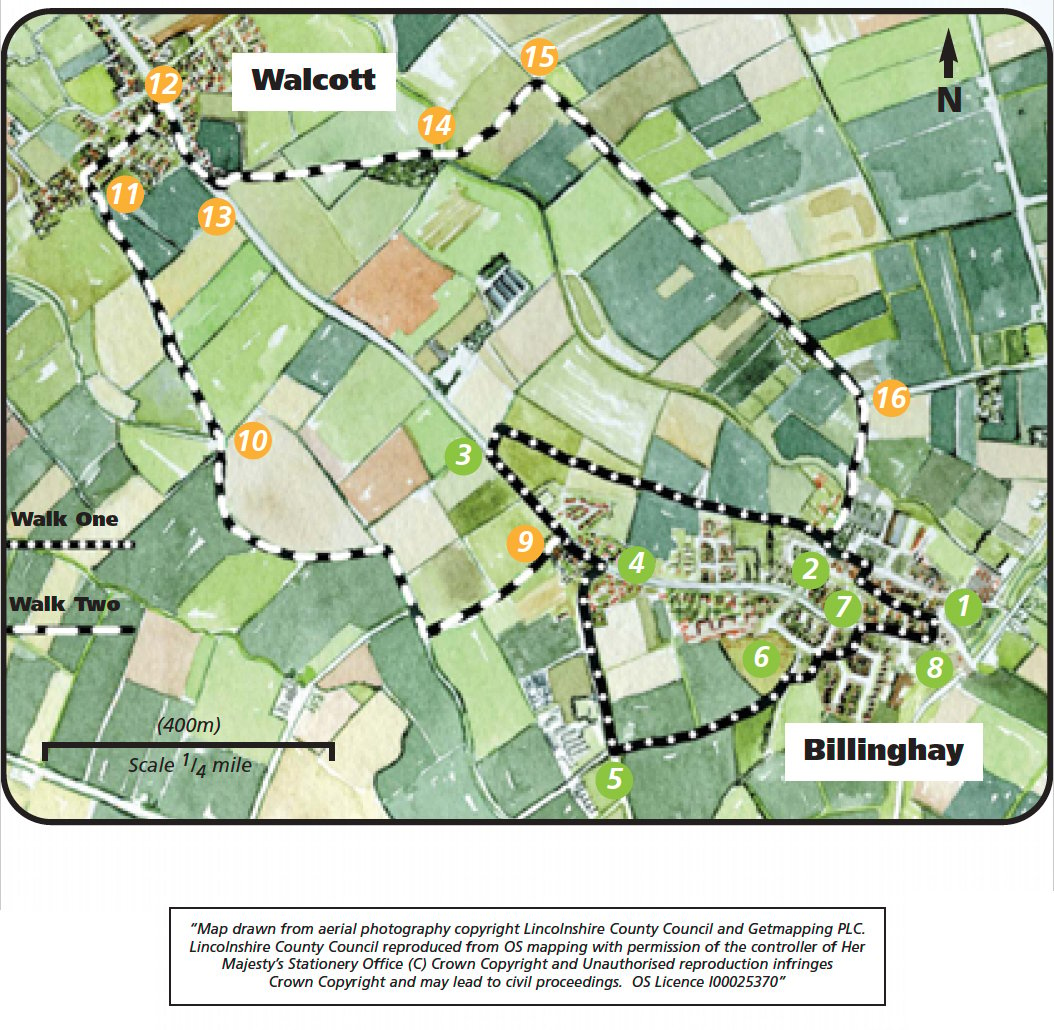
- 1With your back to the co-op, turn right and walk along Victoria Street to its end at a T-junction with West Street. Turn left.
- 2Cross the road and follow the public footpath opposite. Follow this path behind the houses and along a field edge. Cross the track in front of the farm building and bear slightly right across the next field to a concrete trig. point. Bear slightly right across the next large field, towards the red-roofed house, to a bridge. Cross the bridge, turn left and follow the hedge to the road.
- 3Turn left and walk into Billinghay.
- 9Turn right down Sprite Lane, past the water tower. Follow the lane as it turns into a track and runs along the edge of New Cut Drain. Continue in the same direction, with the drain on your left, when the track finishes.
- 10Cross the wooden bridge and follow the path through the thicket of hawthorn, blackthorn and elder.
- 11 Follow the path along the field edge. Cross the bridge in the hedge line and turn left to continue to follow the same hedge. The village of Walcott should now be in view. Follow the public footpath down the side of the farm yard to the road, and turn right. Turn left down School Lane and then right along The Smoot which runs behind the school to the High Street, opposite the church.
- 12Turn right along Walcott High Street.
- 13At the end of the village take the public footpath on the left along a track. Leave the track as it bends to the left and continue in the same direction across the field, heading for the middle of the small woodland, to a bridge in the hedge line. Cross the next field by bearing right and heading for the left corner of the woodland. Then keep the trees on your right and follow the edge of the woodland to the Car Dyke.
- 14Cross the Dyke and the next field by heading half way between the bungalow and the telegraph pole to its right, to a footpath sign and the road.
- 15Turn right and follow the road, Gravelhill Drove into Billinghay.
- 16At the T-junction turn right, past the school, and turn left onto West Street. Turn right onto Victoria Street to return to the starting point.
This walk uses roadside pavements and field paths. There are stiles and you may encounter livestock.
things to do in the area
Battle of Britain Memorial Flight Visitor Centre (BBMF)
Dogdyke Steam Drainage Station
Metheringham Airfield Visitor Centre
Sleaford Tourist Information Centre
Crazee Bongos Indoor Play Centre
RAF Digby Lima Sector Operations Room
Cranwell Aviation Heritage Museum
Giant Lincoln Bike Shop at Doddington Hall
Historic Lincoln & Surrounding Area
Lincolnshire Road Transport Museum
Poacher Line Railway Station Walks
